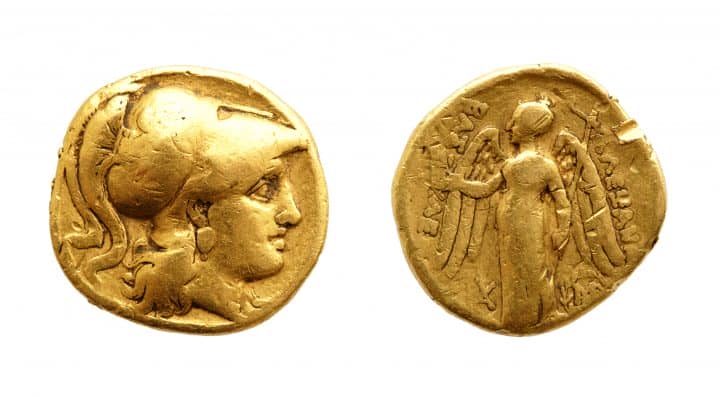 Lefkandi is the best-known archaeological site from Greece’s Classical and Hellenistic periods. Situated on the coast of northern Greece, it is home to many important archaeological sites. Lefkandi includes tombs, a temple complex, and a settlement. Lefkandi is an archaeological site discovered and excavated in the early 19th century. The site was discovered right on the coast, at the foot of an escarpment.
Lefkandi is the best-known archaeological site from Greece’s Classical and Hellenistic periods. Situated on the coast of northern Greece, it is home to many important archaeological sites. Lefkandi includes tombs, a temple complex, and a settlement. Lefkandi is an archaeological site discovered and excavated in the early 19th century. The site was discovered right on the coast, at the foot of an escarpment.
Contribution to Archaeology
The people who lived in Lefkandi were moderately wealthy and owned much property. The archaeological evidence at Lefkandi suggests that the area’s people were members of agricultural communities and had a more civilized lifestyle than those living on other parts of the Greek mainland. The artifacts excavated from Lefkandi show that the citizens knew how to use tools such as sickles, carts, and drills, all products from civilizations beyond Greece. The people of Lefkandi also used surprisingly advanced bronze technology, which is not common in other regions of Greece. With the advanced bronze tech, the citizens of Lefkandi were also using coins and pottery.
Potential Heroon
There have been many ideas on the location of the heron, but new archeological evidence has shown it to be near Kallirhoe. Today the location of the temple is unknown; however, in antiquity, a census was conducted in Lefkandi at least once every five years. This census showed that the citizens of Lefkandi had a gentle and civilized way of life, which makes this an appropriate location for a heron.
Mycenaean and Minoan Connection at Lefkandi
Lefkandi has been studied by many different archaeologists, resulting in a great deal of archaeological evidence. Based on this evidence, it has been determined that Lefkandi is part of what was once called the Minoan-Mycenaean Civilization, which existed 2,600 years ago in what is today Greece. In Lefkandi is evidence of a palace that has been dated to the late Bronze Age. It was constructed in 1400 B.C. and would have been the residence of the palatial leader who controlled the area\ for approximately 100 years until 1300 B.C.
Iron Age Pottery from Lefkandi Located in Rhodes, Greece
Pottery is one of Greece’s most common forms of archaeological evidence. Since pottery is one of the most easily preserved artifacts, it has been used to study and understand many different cultures worldwide. The Iron Age period in ancient Greece can be defined as a period where many technological advances were made. These advances include the invention of the potter’s the wheel, pottery kilns, and lead glazes.
Xeropolis – Ancient City
Archaeological research has shown that during the Archaic period, the civilization of Lefkandi was prosperous and well-known. This was due to many new technologies that the Minoans introduced to their neighboring societies. The ceramic products used at Lefkandi were not made for a particular purpose but were more common. They were used for various items such as cups, vases, jars, and dishes. It is also believed that the citizens of Lefkandi imported pottery from other areas of Greece.
Archaeology has opened up many doors in history by providing detailed evidence of how people used to live. It has often challenged historians’ beliefs and hypotheses on how people lived. Archaeological sites like Lefkandi show that people had a well-organized society and lived relative peace with one another. This suggests that during the Archaic period, Greece was no longer made up of small barbaric groups but instead evolved into self-sufficient city-states that controlled most of the surrounding land.
Source:

